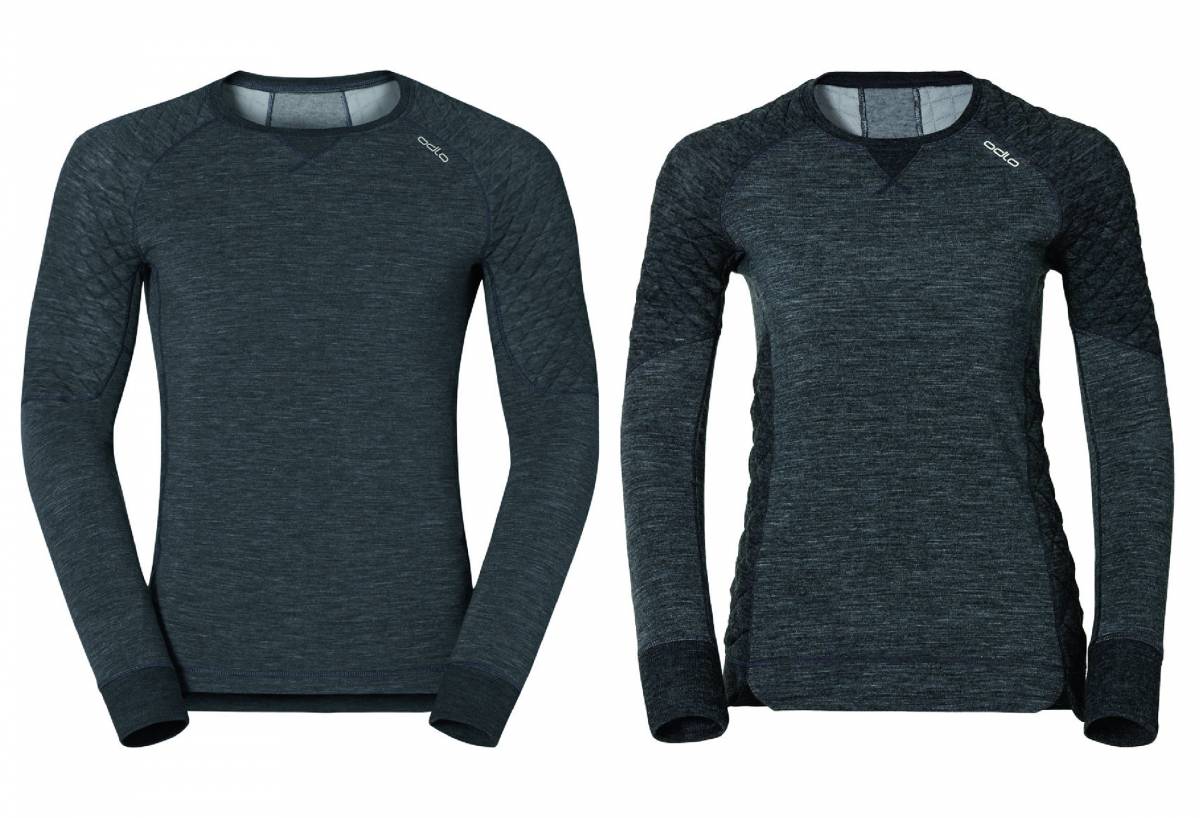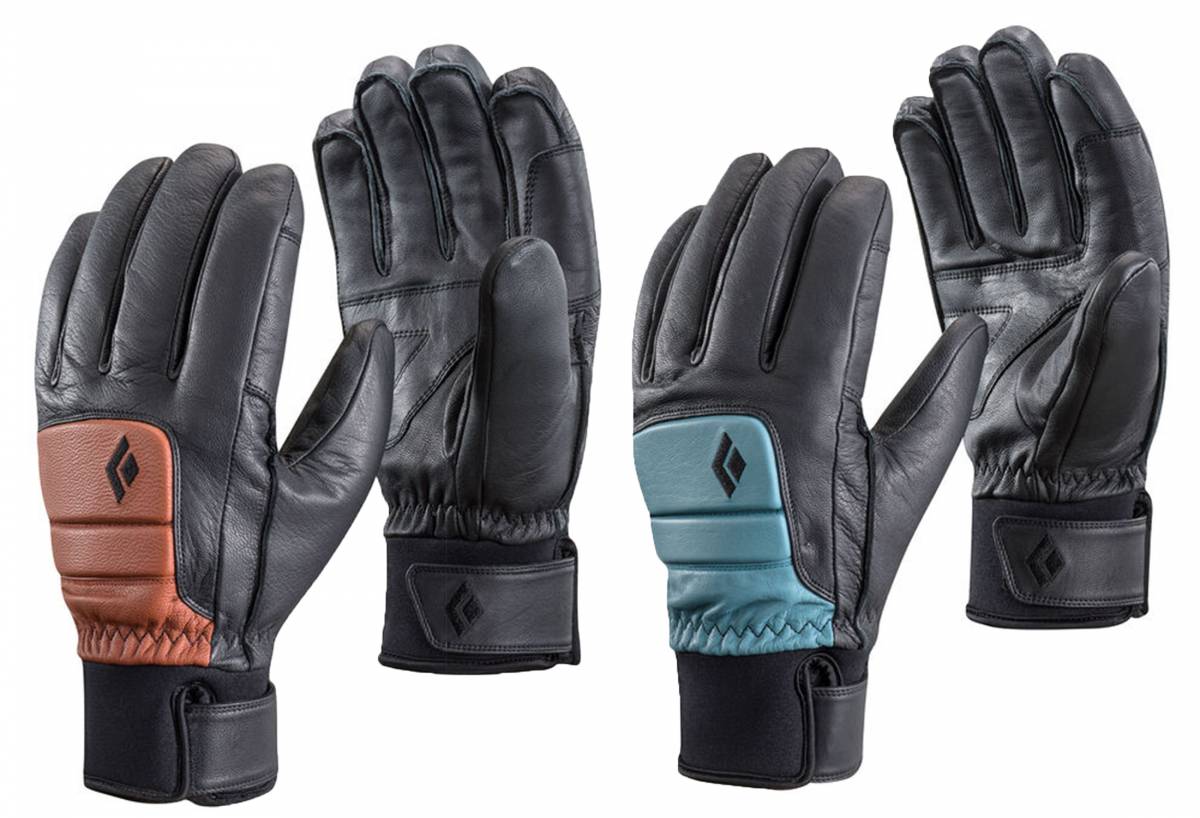Banquets/Fundraisers
Oct. 25: Magic City WTU Banquet, 5 p.m., Barberton Moose, Barberton. For more info call Dale Farmer, 330-607-5317.
Oct. 26: Big Walnut Creek WTU Banquet, 5 p.m., Cardinal Entertainment Center, Marengo. For more info call Joel Reynolds, 614-205-1037.
Nov. 2: Muskingum Valley WTU Banquet, 5 p.m., Muskingum County Fairgrounds, Veterans Building, Zanesville. For more info call Kent Papageorge, 740-270-9075.
Nov. 7: Gladwin County WTU Banquet, 5:30 p.m., Gladwin K of C Hall, Gladwin. For more info call Jason Maraskine, 989-486-1961.
Nov. 8: Fayette County WTU Banquet, 5 p.m., Fayette County Fairgrounds, Mahan Building. For more info call Trevor Justice, 740-604-6209.
Nov. 16: Mosquito Creek WTU Banquet, 5 p.m., Yankee Lake Ballroom, Brookfield. For more info call Dennis Malloy, 330-507-9489.
Nov. 22: East Central Ohio WTU Banquet, 5 p.m., Lake Park Pavilion, Coshocton. For more info call Angie, 614-374-0292.
Nov. 29: Ashtabula County WTU Banquet, 4:30 p.m., Ashtabula County Fairgrounds Expo Building, Jefferson. For more info call Dale Sunderlin, 440-466-2223.
Dec. 17: Mahoning Valley WTU Banquet, 5:30 p.m., Mill Creek Metroparks Farm, McMahon Farm Hall, Canfield. For more info call Dennis Malloy, 330-507-9489.
Jan. 18, 2020: Central Ohio WTU Banquet, 4:30 p.m., Aladdin Shrine Center, Grove City. For more info call Brandon Showen, 937-725-9349.
Jan. 25, 2020: Miami Valley WTU Banquet, 5 p.m., Butler County Fairgrounds, Hamilton. For more info call Don Distler, 513-403-7471.
Feb. 8, 2020: Ohio Five Rivers WTU Banquet, 4:30 p.m., The Irish Club, Dayton. For more info call Brandon Showen, 937-725-9349.
March 27, 2020: Big Buckeye WTU Banquet, 5 p.m., Pritchard Laughlin Civic Center, Cambridge. For more info call Dave Scurlock, 740-584-9263.
April 21, 2020: Mahoning Valley WTU Banquet, 5 p.m., Metroplex Expo Center, Girard. For more info call Dennis Malloy, 330-507-9489.
Shooting/Archery
Now-Dec. 1: East Knox Lions Club, Sundays Only, 11:30, Campbell’s Range, Howard. For more info call Chris Fletcher, 740-358-6399.
Season Dates
Nov. 1: Bobwhite quail season opens.
Nov. 1: Cottontail rabbit hunting season opens.
Nov. 1: Ring-necked pheasant season opens.
Nov. 10: Fox, weasel, raccoon, opossum, and skunk hunting seasons open.
Nov. 10: Mink, muskrat, and beaver trapping season opens.
Dec. 1: Fall wild turkey season closes.
Dec. 1: Bobwhite quail season closes.
Dec. 2: White-tailed deer gun season opens.
Dec. 8: White-tailed deer gun season closes.
Shows.
Nov. 9: East Knox Lions Club Show, 9 a.m.-4 p.m., Floral Valley Community Center, Howard. For more info call Chris Fletcher, 740-358-6399.
Jan. 17-19, 22-26, 2020: Cincinnati Travel Sports & Boat Show. Cincinnati Convention Center. For more info www.cincinnatiboatshow.com
Jan. 16-18, 2020: Northeast Ohio Sportsman Show, Thurs. 2-9 p.m., Fri. 9 a.m.-9 p.m., Sat. 9 a.m.-5 p.m., Mt. Hope Event Center, Millersburg. For more info www.ohiosportsmanshow.com
Feb. 7-9, 2020: Columbus Fishing Expo, Fri. noon-8 p.m., Sat. 10 a.m.-7 p.m., Sun. 10 a.m.-5 p.m., Ohio State Fairgrounds. www.columbusfishingexpo.com for more info.
Feb. 14-23, 2020: Ford Indianapolis Boat, Sport & Travel Show, Indiana State Fairgrounds. For more info call 765-641-7712.
March 14-15, 2020: Akron/Canton Hunting & Fishing Show, MAPS Air Museum. For more info www.akronoutdoors.net
Feb. 20-23, 2020: Indiana Deer, Turkey & Waterfowl Expo, Indiana State Fairgrounds. For more info call 765-641-7712.
March 20-22, 2020: Outdoor Life/Field & Stream Expo, Fri. 2-9 p.m., Sat. 9 a.m.-7 p.m., Sun. 9 a.m.-4 p.m., Ohio Expo Center. www.deerinfo.com for more info.
Special Events.
Nov. 2: Upper Sandusky Elks #83 Gun Raffle, 7 p.m. sorgrandy2000@yahoo.com for more info.
Meetings
Hubbard Conservation Club meets 2nd Wed. of every month. For more info call Mike 330-534-4895.
Gallia County Conservation Club meets 2nd Wed. of each month, 6:30 p.m., Gallia County Gun Club. For more info call Eric Clary, 740-208-1498.
Tiffin-Seneca Chapter Izaak Walton League meets 3rd Tues. 7:30 p.m., Tiffin. For more info call Rob Weaver, 419-618-6489.
Wadsworth Chapter Izaak Walton League meets 3rd Mon. 7 p.m., Wadsworth. For more info call Matthew Porter, 330-331-8406.
Cincinnati Chapter Izaak Walton League meets 3rd Tues. 7 p.m., Loveland. For more info call Mary Joyce Thomas, 513-617-7079.
Delta Chapter Izaak Walton League meets 1st Wed. 7 p.m., Delta. For more info call Cassandra Mehlow, 419-250-4301.
Lawrence County Chapter Izaak Walton League meets 1st Sat. 5 p.m., Pedro. For more info call Stacie Burton, 740-646-6208.
Seven Mile Chapter Izaak Walton League meets last Thurs. 8 p.m., Hamilton. For more info call Jeff Burton, 513-726-4362.
Anthony Wayne Chapter Izaak Walton League meets 1st Mon. 7 p.m., Hamilton. For more info call Kristen Allen Withrow, 513-659-5989.
Lorain County Ely Chapter Izaak Walton League meets 2nd Mon. 7 p.m., Penfield Township. For more info call Angel Burt, 440-310-1283.
Central Ohio Chapter Izaak Walton League meets monthly, Columbus. For more info call Tony DiNovo, 740-747-0933.
Fairport Harbor Rod & Reel Assoc, meets the 3rd Thurs. every month, 6-30 Club Grounds. For more info call Dale Mullen, 440-413-9689.
Monroeville-Huron County Chapter Izaak Walton League meets 4th Wed. 8 p.m., Monroeville. For more info call Richard Pheiffer, 419-668-4116.
Dry Fork Chapter Izaak Walton League meets 2nd Thurs. 7 p.m., Okeana. For more info call Fred Boehner, 513-899-4592.
Fairfield Chapter Izaak Walton League meets 2nd Tues. 7 p.m., Fairfield. For more info call Robert Kraft, 513-868-3430.
Fremont Chapter Izaak Walton League meets 2nd Tues. 7 p.m., Fremont. For more info call Dan Summersett, 419-202-3618.
Hamilton Chapter Izaak Walton League meets last Wed. 6:30 p.m., Hamilton. For more info call Frederick Quick, 513-894-2414.
Headwaters Chapter Izaak Walton League Meets monthly Bath Nature Preserve, Bath Township. For more info call Ivan Hack, 440-897-3855.
Hocking County Chapter Izaak Walton League meets 2nd Thurs. 7 p.m., Logan. For more info call William Cox, 740-385-6632.
Martin L. Davey Chapter Izaak Walton League meets 1st Wed. 7 p.m., Ravenna. For more info call John Nelson, 330-677-5260.
Medina Chapter Izaak Walton League meets 2nd Sat. 6:20 p.m., Medina. For more info call Faye Jessie, 330-722-6853.
Mount Healthy Chapter Izaak Walton League meets 1st Wed. 8 p.m., Cincinnati. For more info call Mary Burdett, 513-418-2382.
Wayne County Chapter Izaak Walton League meets 3rd Mon. 7 p.m., West Salem. For more info call Linda Peterson, 330-603-5617.
Western Reserve Chapter Izaak Walton League meets monthly, Willoughby. For more info call Jim Storer, 440-946-8757.
Tallawanda Chapter Izaak Walton League meets 1st Tues. 7 p.m., Oxford. For more info call Ronald Cox, 513-461-3838.
Little Miami NWTF, meets the 2nd Wed. of every month. For more info call Shannon Mermann, 513-673-4309.
The post Ohio Outdoor News Calendar – Oct. 25, 2019 appeared first on Outdoornews.
from Outdoornews https://ift.tt/345b2cV


















